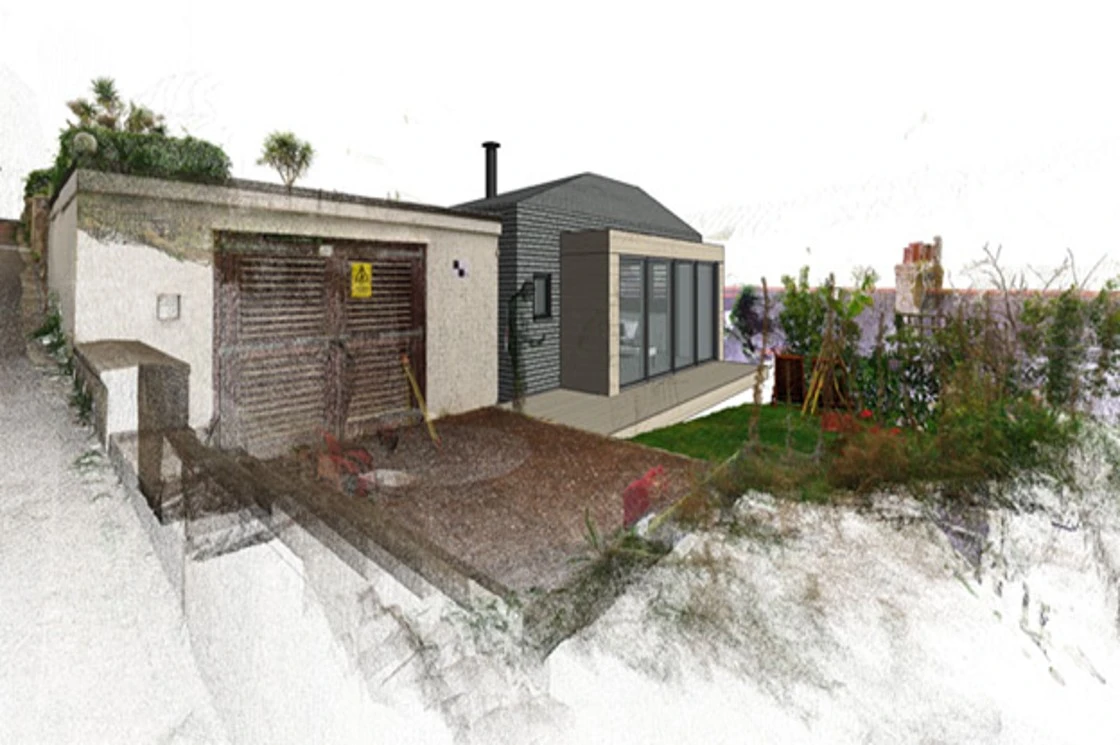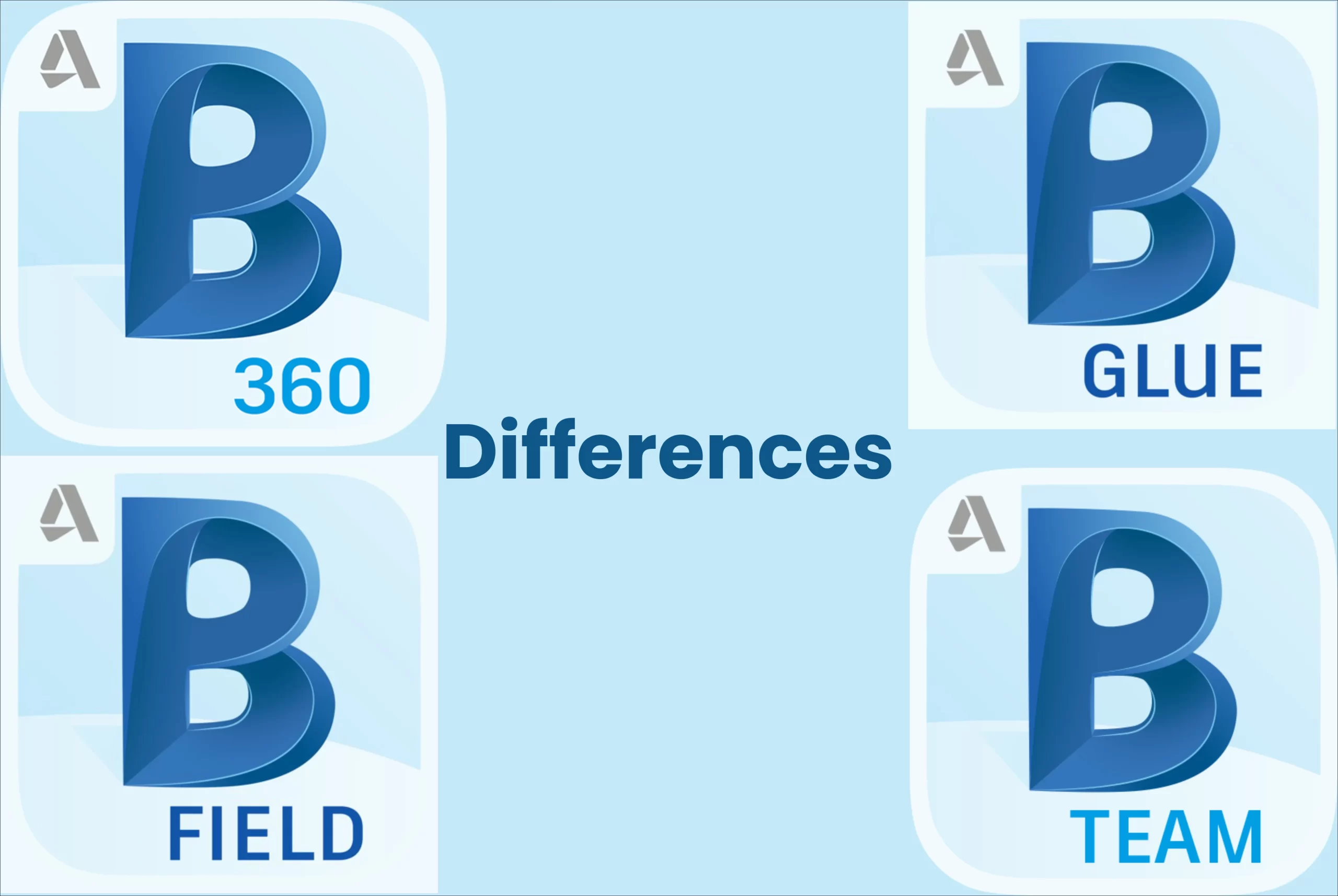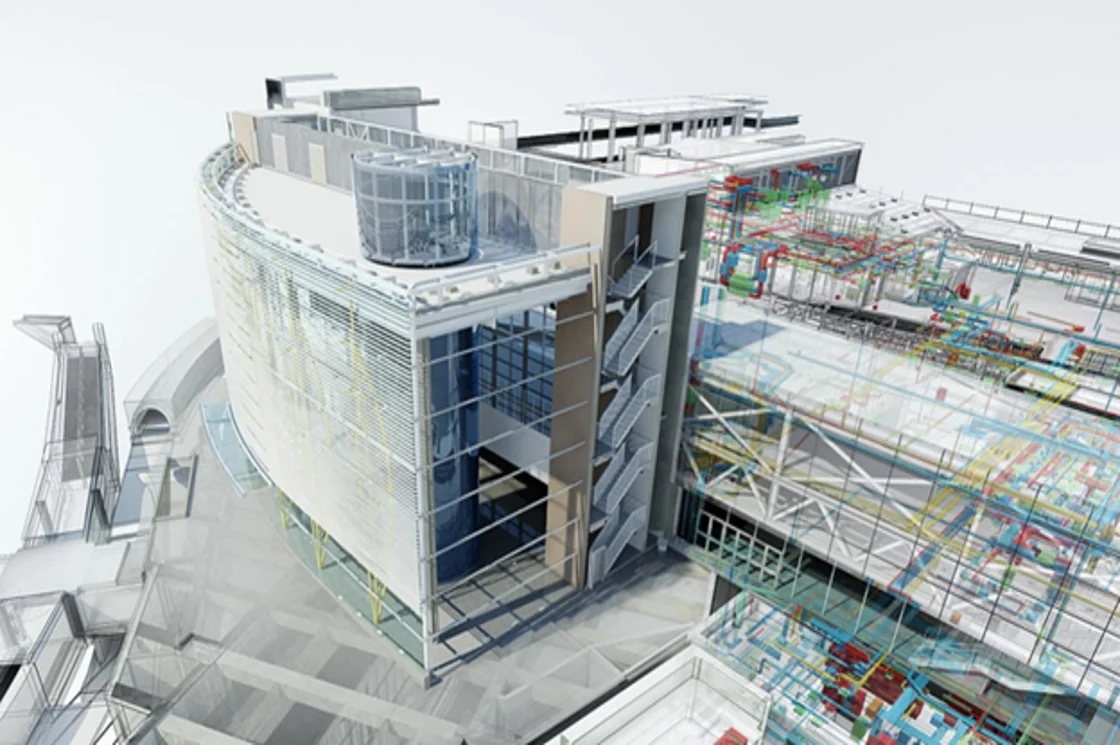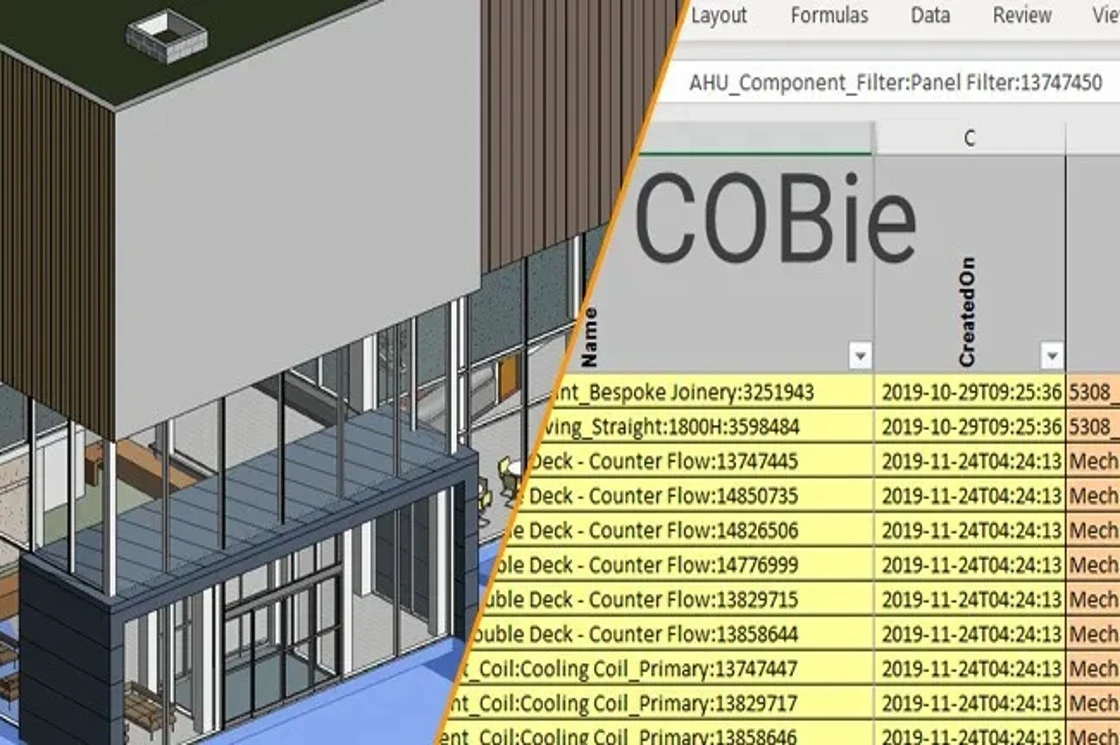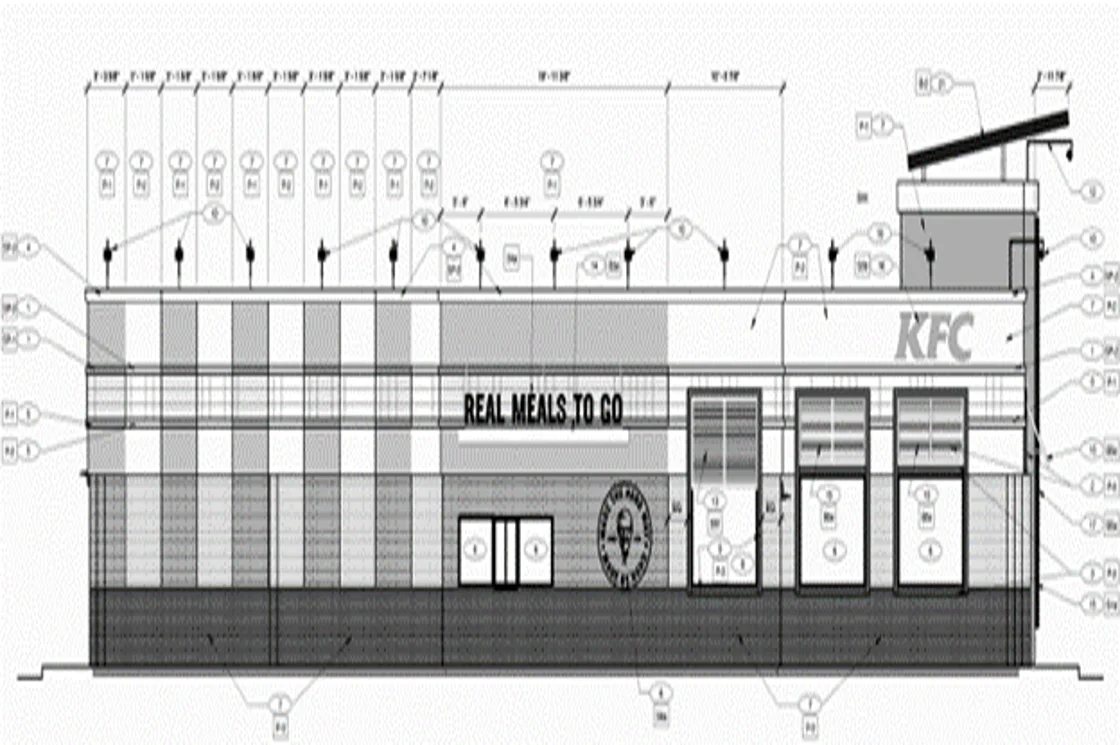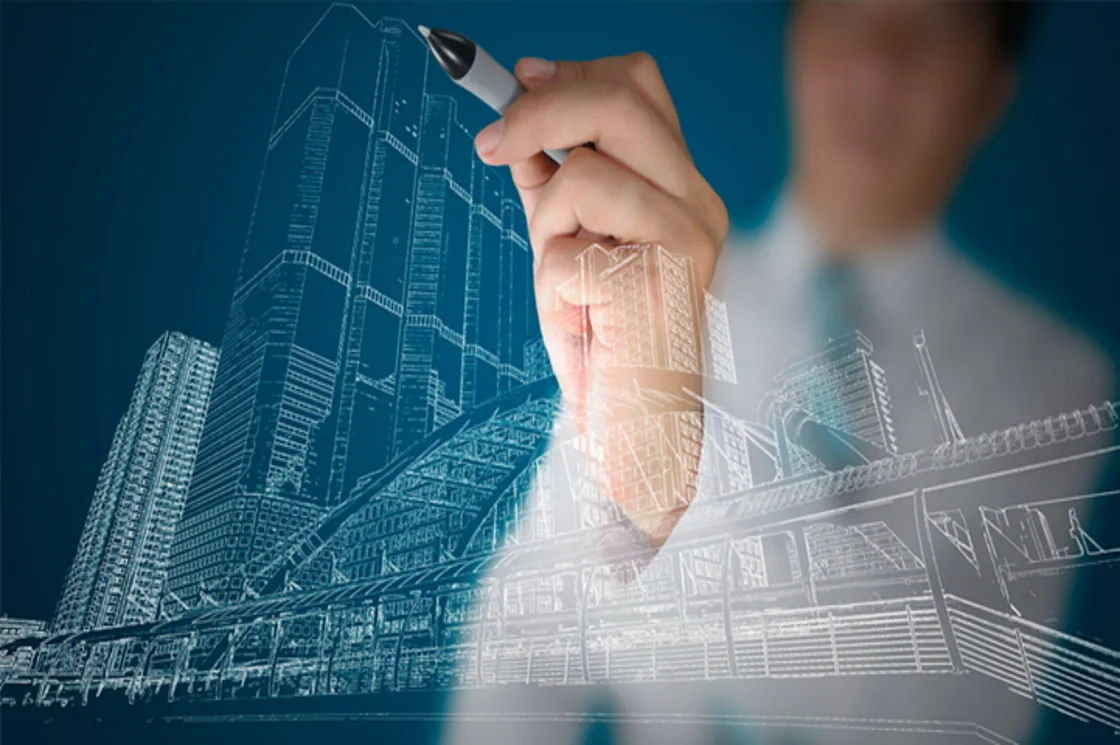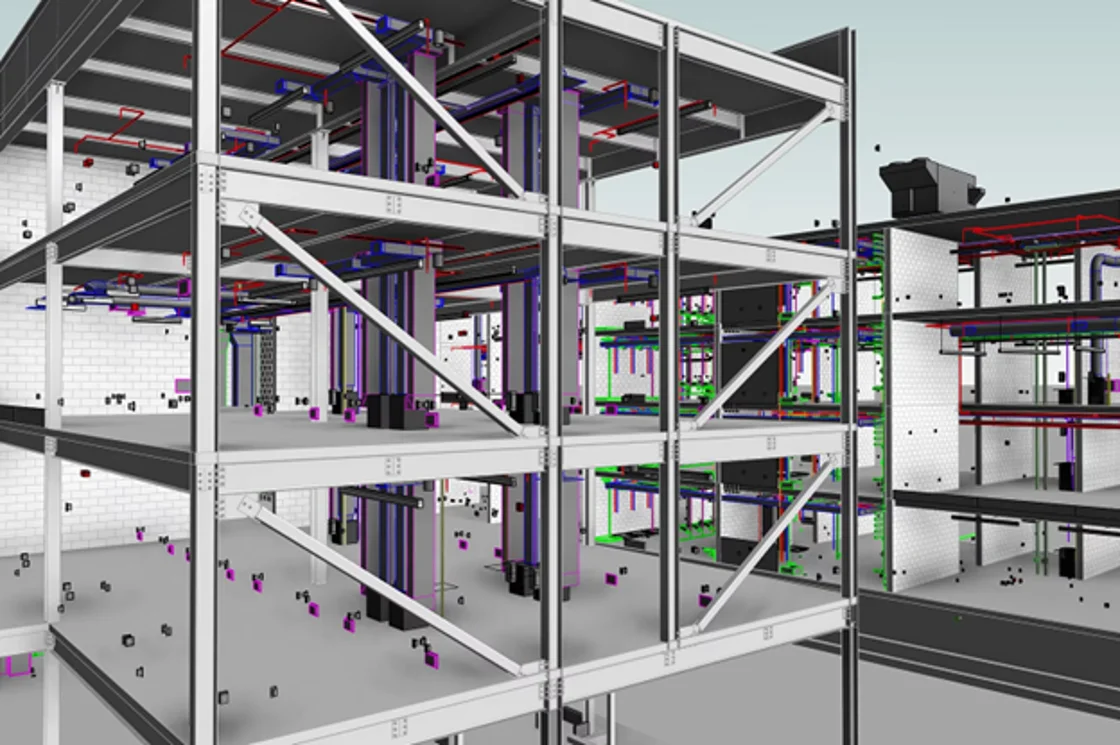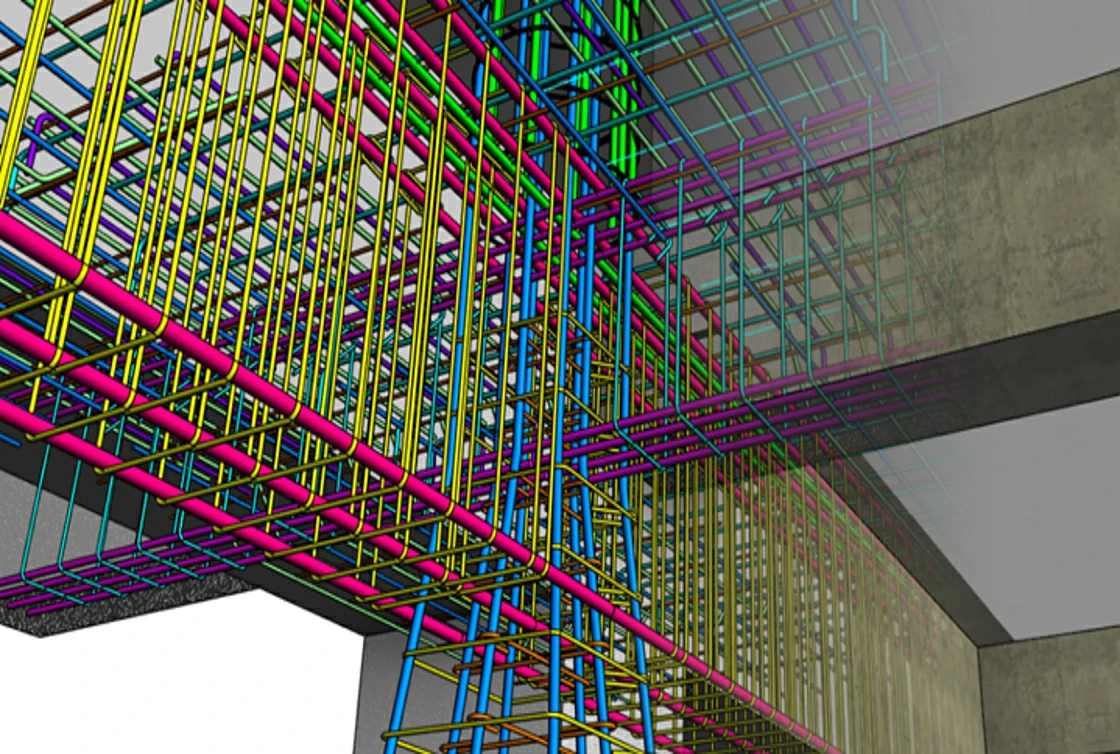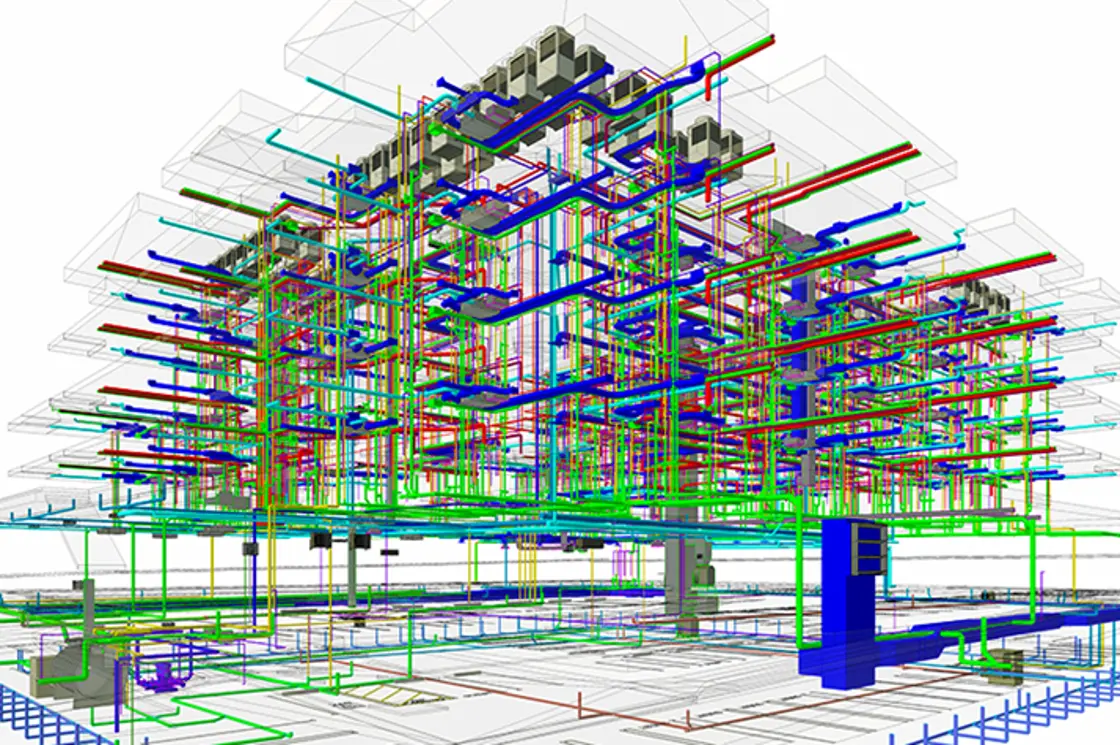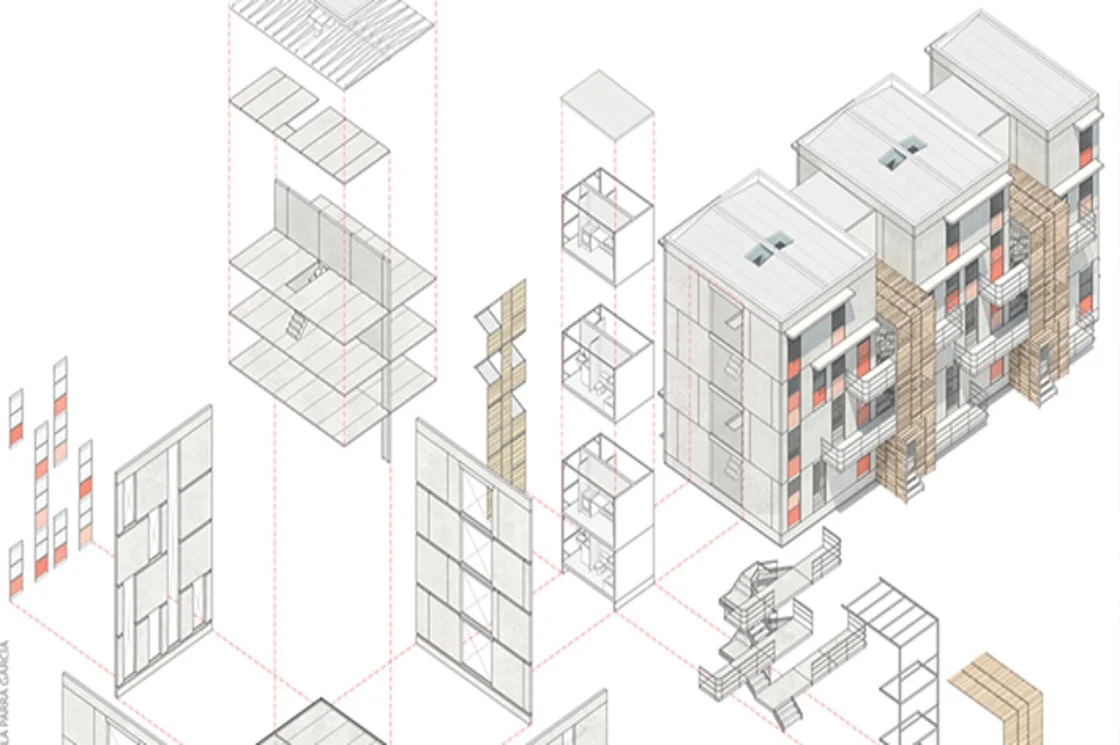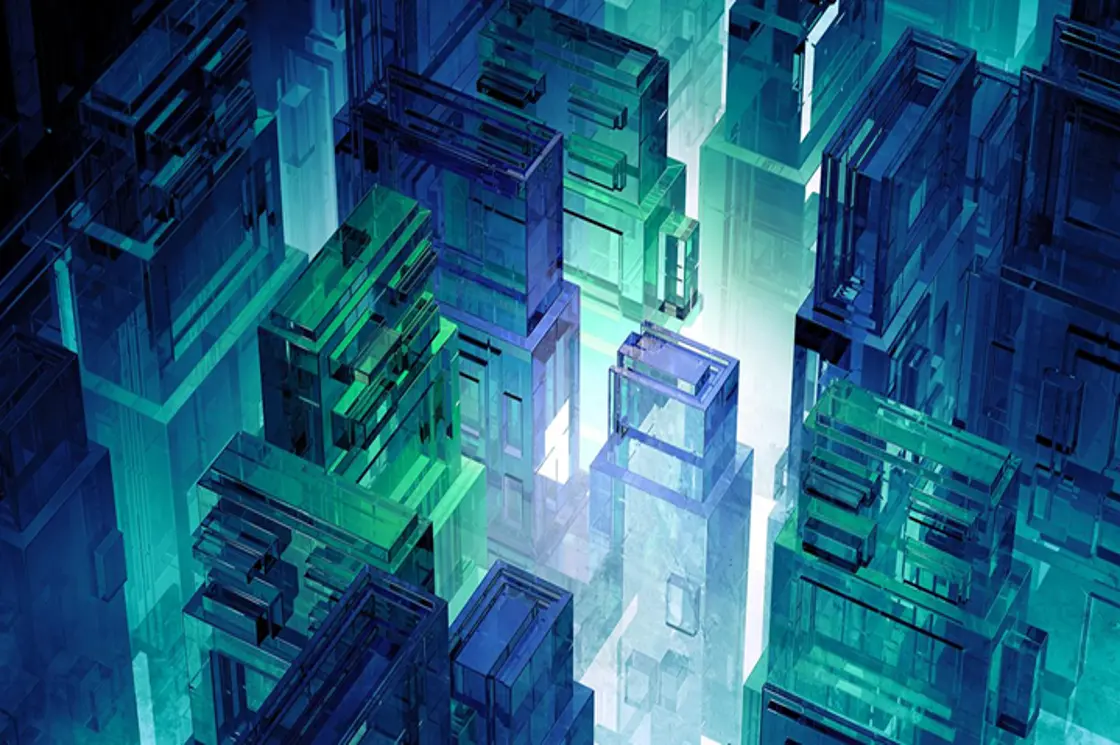Reshaping the Construction Realm– The Next Normal
The construction work is expected to hike from the value of 9.7 trillion USD in 2022 to 13.9 trillion USD by 2037. This boost results from the superpower construction markets of the US, China, and India. Global growth opens up tremendous opportunities while also reshaping the entire realm.
A change is here – defining and setting up better standards for the AEC industry. The landscape is transforming owing to the changing demands, technology, and operations. What do the coming years for the construction realm look like? Let’s find out.
7 Upcoming Construction Industry Trends for the New Age
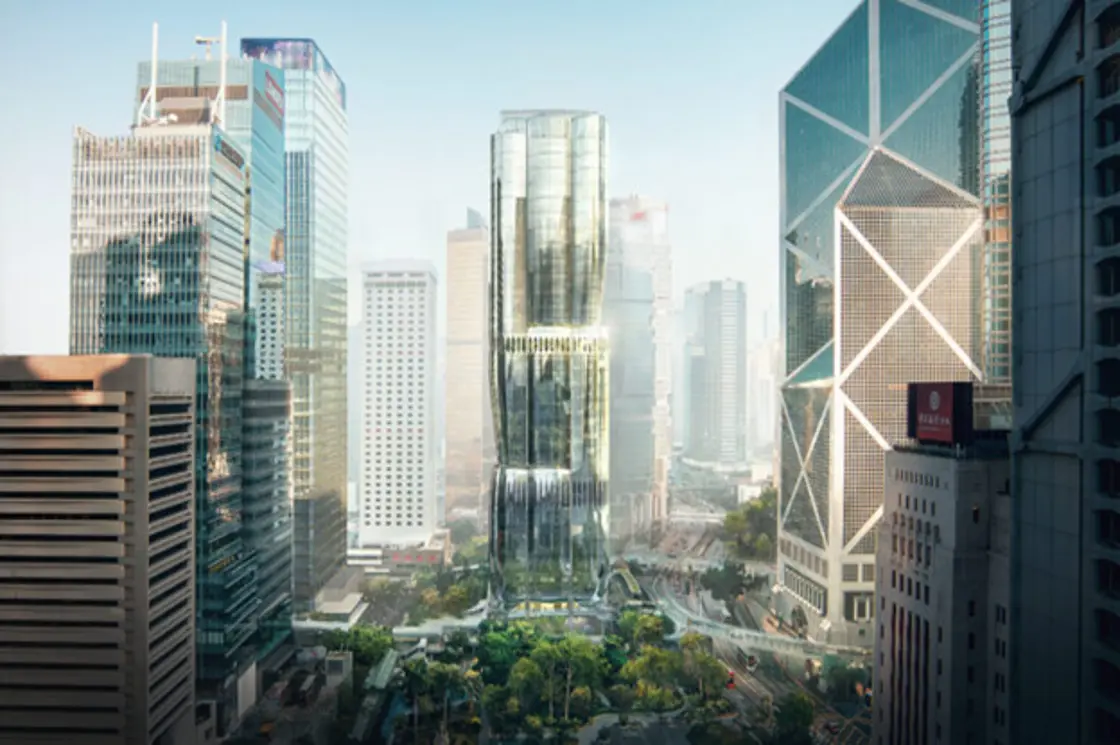
1. The Shift for Sustainability
One of the most potential adoptions shaping the ‘new normal’ is an improved focus on sustainability, which will continue to grow. With two-thirds of the global population expected to nest in cities by 2050, sustainability will be driving the development.
Construction firms will have to be stringent in their adherence to green building standards. Calculation of environmental impacts at every construction stage is also becoming vital.
2. Digitalization Leading the Way
The only way to keep up with productivity is through digital technologies. These have plentiful advantages, including clear communication, effective collaboration, and stronger value chain management.
Integration of digital innovations like Revit structural modeling, 3D printing, scan to BIM, and many more breakthroughs increase productivity and reap more profitable results. These emerging technologies also make sites safe for construction workers and contractors.
3. Automated Production Systems
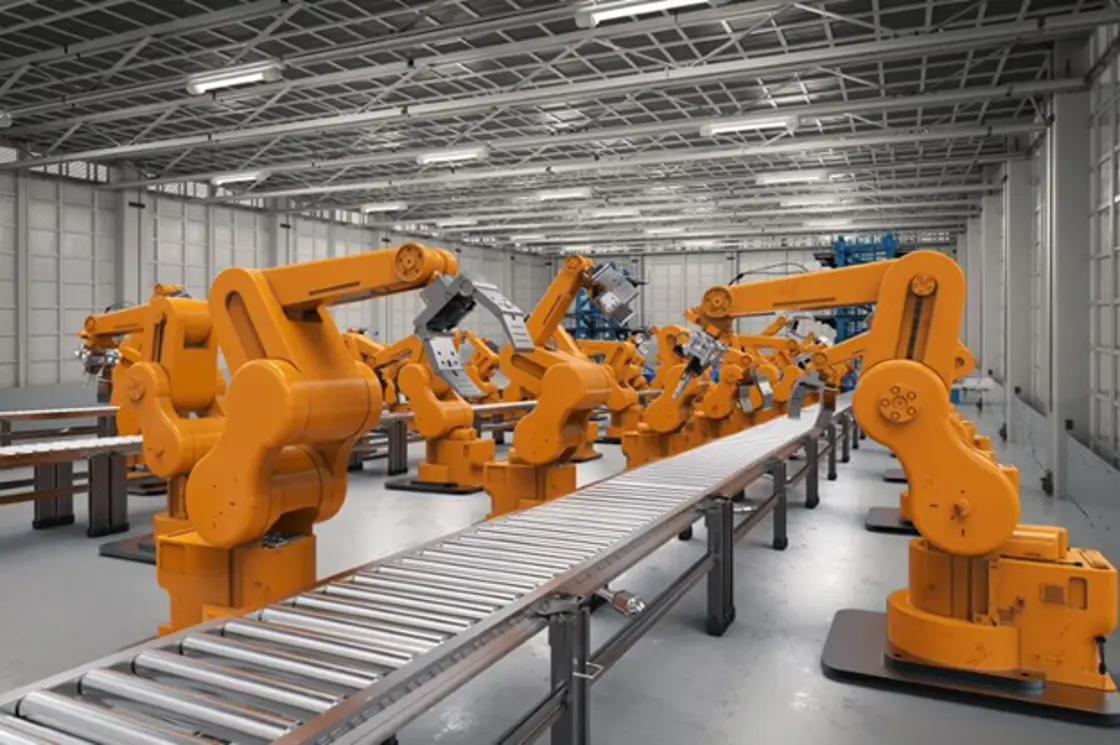
Companies are expected to increase their investment in new-age products. As automation plays a lead role in modern technology, manufacturing machinery and equipment are all set to be automated for specialized productions through spool drawings. Automation can accelerate productivity growth from 0.8 to 1.4 percent every year.
Investments in technologies like robotics will take over manufacturing and production systems. Construction sites are expected to become capital-intensive and innovative through the adoption of automation equipment, drones, and other technologies.
4. Customer-centric Designs

Today, customer-centricity and branding are the real game-changer for the construction industry. Companies offering exceptional user experience and brand ideologies are winning the attention of a larger clientele and stakeholders.
With a newer and specialized landscape of the construction industry, establishing a unique identity becomes important.
5. Lower International Barriers
Global standardization in the AEC sector will lower international barriers, giving players in the construction industry a competitive advantage to expand their business beyond the border.
An increase in the scale of the projects and more acquisitions makes bidding easier on international projects.
6. Enhanced Efficiency with Value-chain Control
As standard manufacturing gains importance, construction companies are about to take control of the value and supply chains.
This monitoring will aid in controlling costs and offering more efficient construction solutions. The construction sector’s foreseen future involves vertical integration and strategic partnerships for reliable services.
7. Expert Staffing
Upskilling staff is as important as keeping up with the newer trends and standards of the construction industry. To maintain a competitive edge in the specialized business models, invest in expert staffing.

● Construction Trends for Residential Domain
As the deadline of 2030 to reduce net carbon emissions by 50% approaches, the residential construction market is expected to drift towards more energy-efficient designs to keep up with green standards. In such a case, the construction industry needs to be prepared to adopt sustainable building solutions and smart technologies. Our innovative approach with BIM integration promises designs that stay on track with the regulations and sustainability principles.
● Commercial Construction Trends
As manufacturing disruptions grew at a rate of 30% year-by-year, it led to halts, shutdowns, and labor accidents. With the potential for supply chain disruptions and material shortage, commercial projects must lock material prices early to avoid unexpected surges. Construction experts in commercial sectors need to ensure ample labor supply and adopt newer equipment for efficient results.
Trends that Overcome Challenges
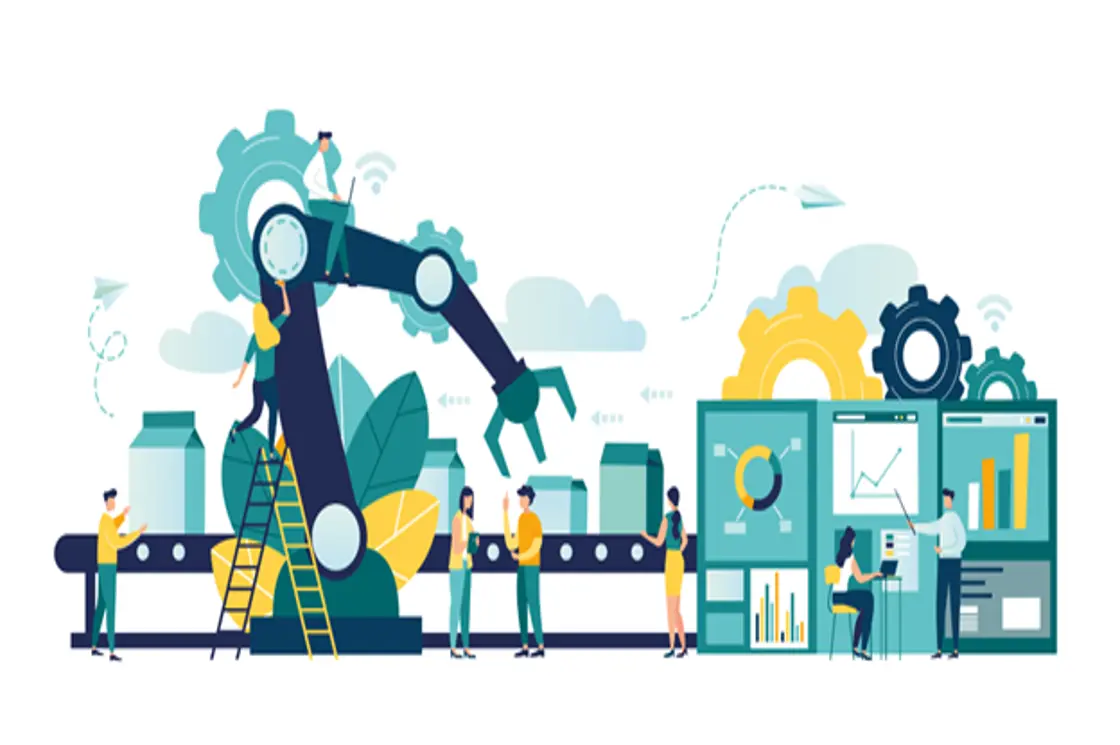
The key to retaining your impactful footprint in the industry is by embracing the challenges and adopting trends to take you through. Observe the patterns and shifts and pick innovations that handle them the best.
At AEODC, we work as catalysts aiding in your digital transformation and unveiling the maximum potential through BIM methodologies.
Common Queries
1. What are the major influential factors in the construction industry?
The construction industry is adapting to address challenges such as labor shortages, digital market shifts, and a growing focus on sustainability.
2. What does the future of AEC look like?
With advancements in technology with BIM, Revit architecture modeling, and easy MEP coordination, the future of AEC embraces technology while making connecting easier.
3. Which is the prevalent construction trend in 2023?
The construction trends of 2023 are driven by automation, 3D printing, point cloud to BIM, drones, etc. added to the workflow.
4. What is the major challenge for the construction industry?
The construction industry is currently facing obstacles such as a shortage of labour, disruptions in supply chains, and rising expenses.






